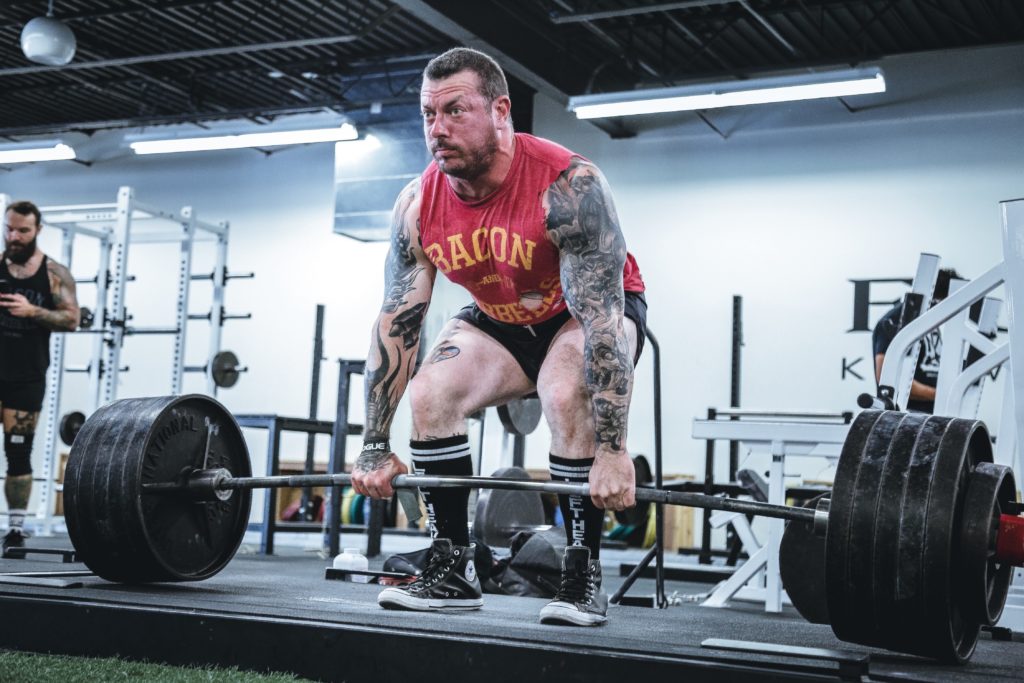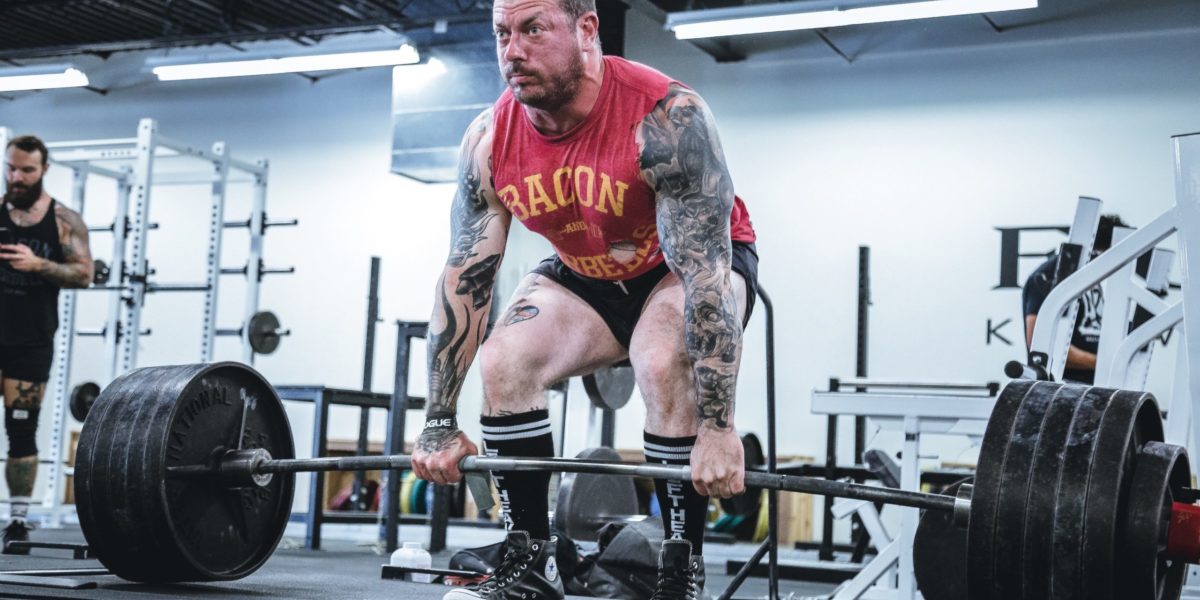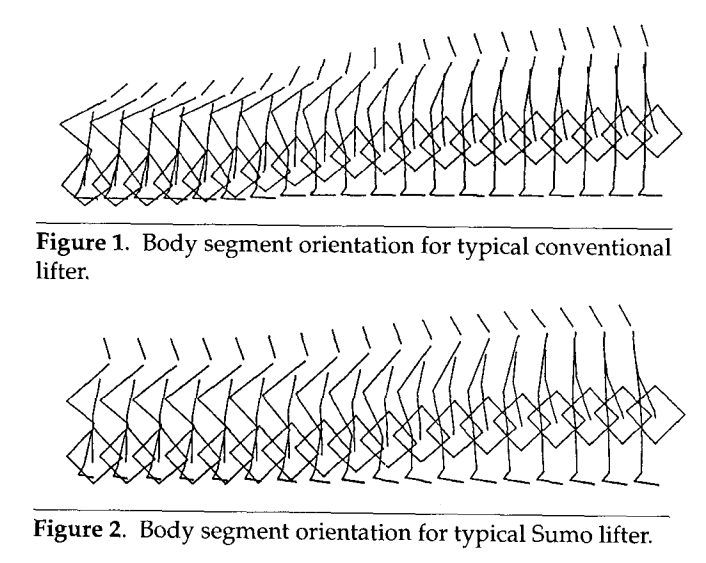What’s the best way to pick stuff up and put it back down?

By deadlifting, of course. The deadlift is, arguably, one of the most important exercises a weight lifter can perform. Although primarily thought of as a lower body exercise, the deadlift activates muscles throughout the entire body, and is one of the three all-important lifts for any lifting routine. Although there are a variety of different deadlift form variations, two of the most prevalent are the conventional deadlift and the sumo deadlift. The main difference between these two stiles is that in the conventional deadlift, the hands are placed on the outside of the knees, while sumo deadlifting places the knees outside of the hand. The everlasting debate is therefore which form is the better one?
In attempt to answer this, tracking data was used to employ a biomechanical analysis of these two forms of deadlifting. One of the biggest differences they found was in the distance that the bar had to travel from the beginning of the lift to the completion of the lift. In the sumo deadlift, the significantly wider foot stance results in a 19% decrease in the distance the bar must travel, decreasing the amount of work that the lifter needs to use. It therefore seems that the conventional deadlift, if it requires more work, is the better form, right? Well, maybe. The researchers also found that the sumo deadlift conveyed a biomechanical advantages compared to the conventional deadlift. This was mostly due to a more upright trunk at the beginning of the lift, resulting in less trunk extension being required to complete the lift, although it consequently may require more flexibility to perform. This in turn decreases the moments of the bottom two vertebrae and shear forces on them, and the sumo deadlift therefore seems to have a safety advantage over the conventional deadlift.
But what about muscles? What should you do if you want to gain strength by pushing your muscles to work harder? As the study showed, the conventional deadlift needs an increased amount of energy to complete, but are all the muscles used in the two forms the same? Researchers at Duke University Medical Center decided to use electromyography (EMG) to find out. They found that the wider stance assumed in the sumo deadlift, besides conveying the safety advantages mentioned above, also resulted in an increased recruitment of some of the lower body muscles. Namely, the vastus lateralis, the vastus medialis, and the tibialis anterior, or the outer (and strongest) and inner thigh muscles as well as the shin muscle. The conventional deadlift recruited only the medial gastrocnemius (inner calf) significantly more than the sumo deadlift. The recruitment of the vastus lateralis and vastus medialis make sense, since having your feet placed more directly under you in conventional deadlift would tend to recruit the more central thigh muscles.
With all of the above, it looks like sumo be the better option: it decreases stress on the back, recruits more lower body muscles, and indirectly places a focus on flexibility. However, if you’re not convinced, Men’s Journal, BarBend, and Starting Strength provide some additional commentary comparing these two methods.
For the following video provides a better explanation of the differences in form between the two styles of deadlift.
Featured image by Alora Griffiths on Unsplash

